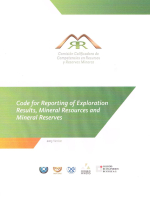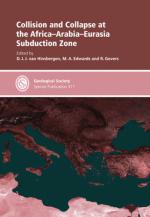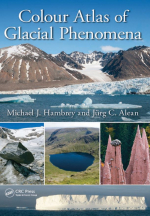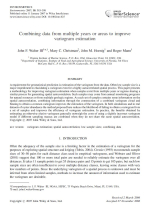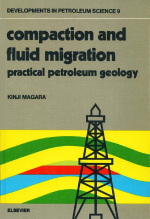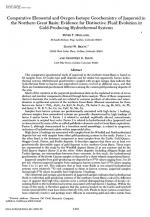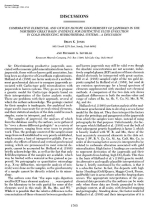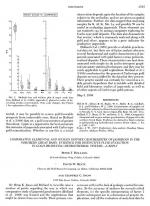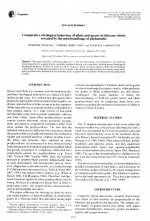Настоящий сборник включает в себя 13 работ, в которых рассматриваются различные вопросы геодинамики, стратиграфии, истории геологического развития, магматизма, метаморфизма, кинематики региона, находящегося на стыке Африки, Саудовской Аравии и восточной Европы с позиций тектоники плит, т.е. как зоны субдукции и связанной с ней орогении.
The Society makes every effort to ensure that the scientific and production quality of its books matches that of its journals. Since 1997, all book proposals have been refereed by specialist reviewers as well as by the Society’s Books Editorial Committee. If the referees identify weaknesses in the proposal, these must be addressed before the proposal is accepted.
Once the book is accepted, the Society Book Editors ensure that the volume editors follow strict guidelines on refereeing and quality control. We insist that individual papers can only be accepted after satisfactory review by two independent referees. The questions on the review forms are similar to those for Journal of the Geological Society. The referees’ forms and comments must be available to the Society’s Book Editors on request.
Although many of the books result from meetings, the editors are expected to commission papers that were not presented at the meeting to ensure that the book provides a balanced coverage of the subject. Being accepted for presentation at the meeting does not guarantee inclusion in the book.
More information about submitting a proposal and producing a book for the Society can be found on its web site: www.geolsoc.org.uk.


